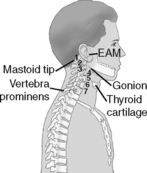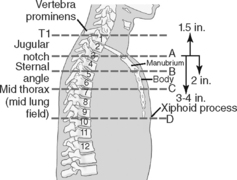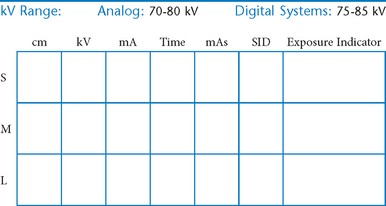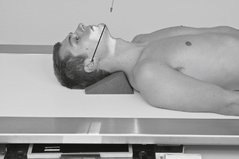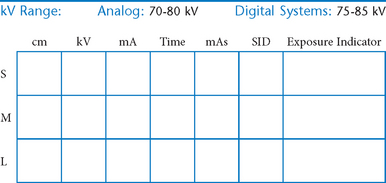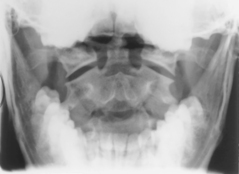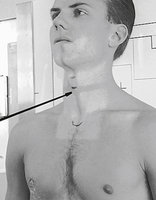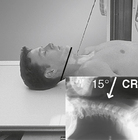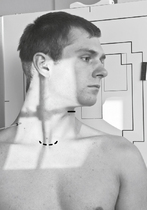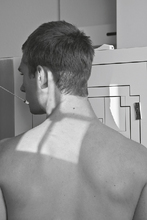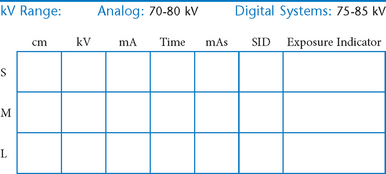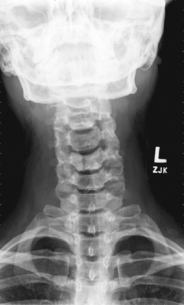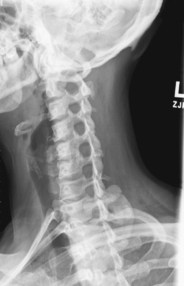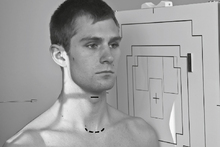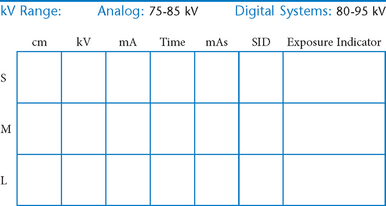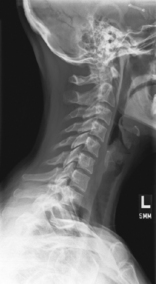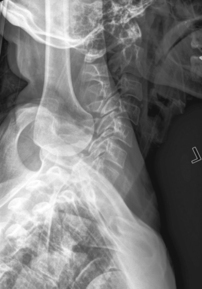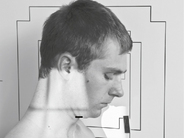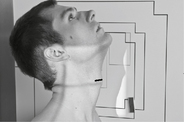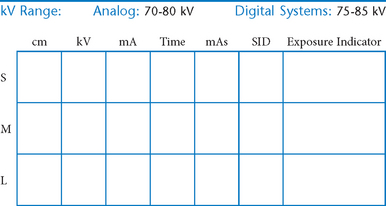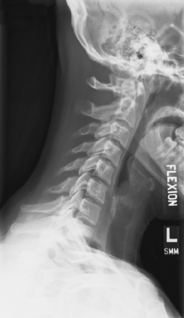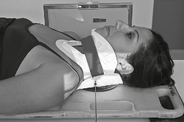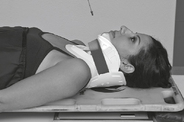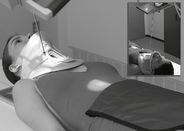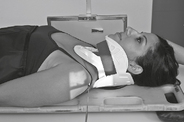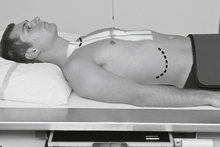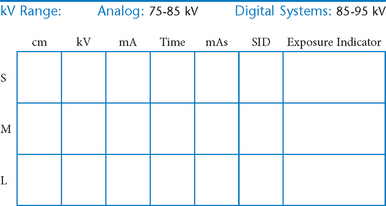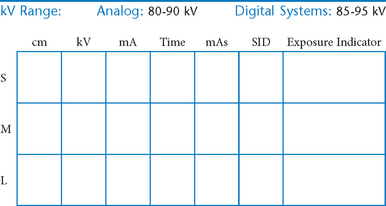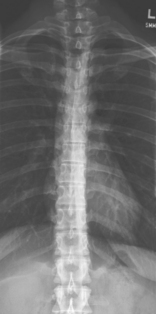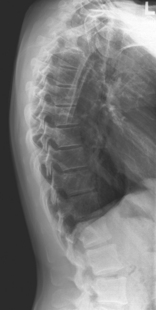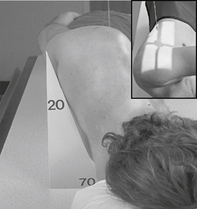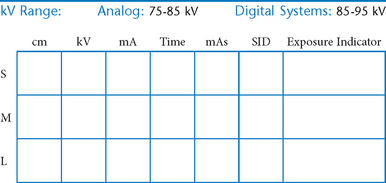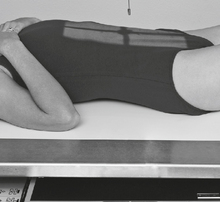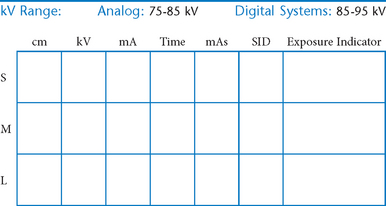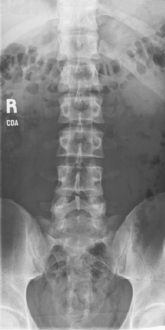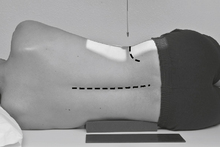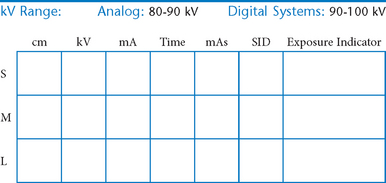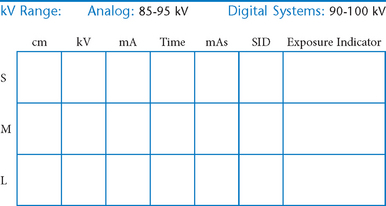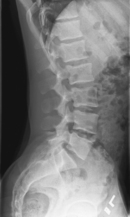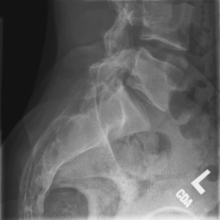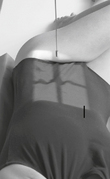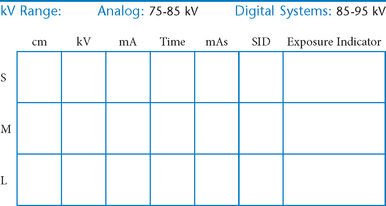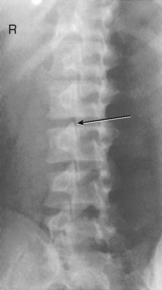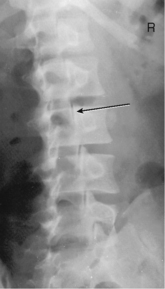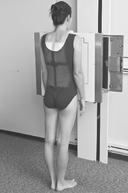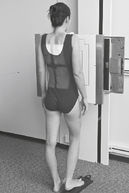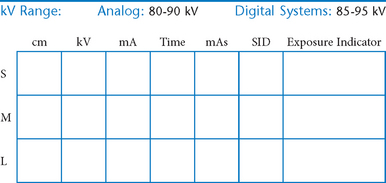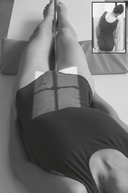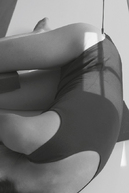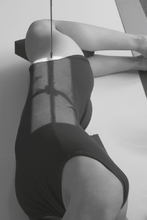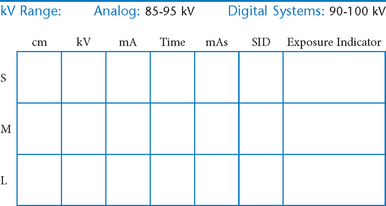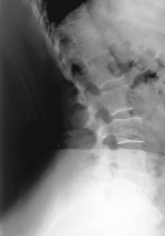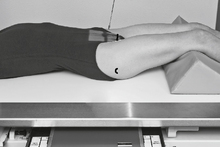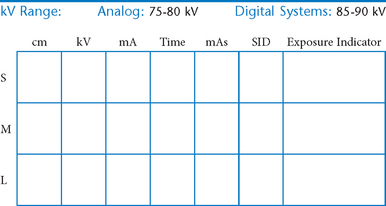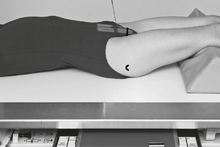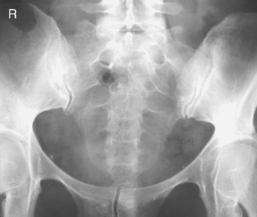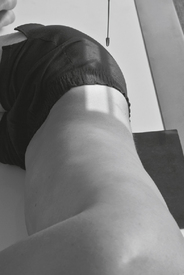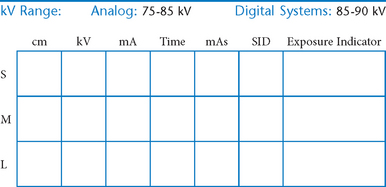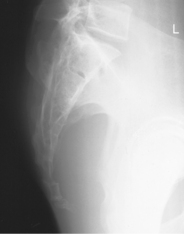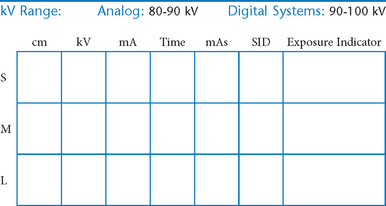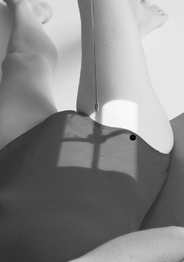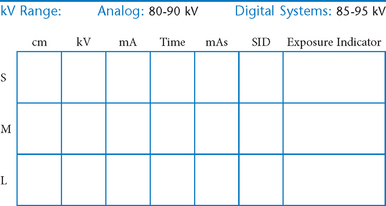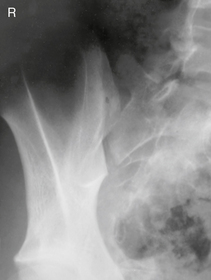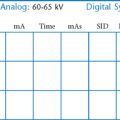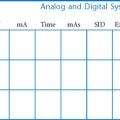Vertebral Column
• Intervertebral foramina and zygapophyseal joints
 AP (PA) dens (Fuchs and Judd methods) (S)
AP (PA) dens (Fuchs and Judd methods) (S)
 AP open mouth and AP (PA) dens critique
AP open mouth and AP (PA) dens critique
 Lateral cervicothoracic (swimmer’s) (R)
Lateral cervicothoracic (swimmer’s) (R)
 Lateral and swimmer’s critique
Lateral and swimmer’s critique
 Lateral hyperflexion and hyperextension (S)
Lateral hyperflexion and hyperextension (S)
 Hyperflexion and hyperextension critique
Hyperflexion and hyperextension critique
 Trauma series: horizontal beam lateral, AP axial, obliques, cervicothoracic lateral (S)
Trauma series: horizontal beam lateral, AP axial, obliques, cervicothoracic lateral (S)
 Lateral and lateral L5-S1 critique
Lateral and lateral L5-S1 critique
 Scoliosis series (Ferguson method) (S)
Scoliosis series (Ferguson method) (S)
Intervertebral Foramina and Zygapophyseal Joints
| Zygapophyseal Joints | Intervertebral Foramina | |
| Cervical spine | Lateral position | 45° anterior oblique (side closest to IR) |
| Thoracic spine | 70° anterior oblique (side closest to IR) | Lateral position |
| Lumbar spine | 45° posterior oblique (side closest to IR) | Lateral position |
AP for C1-C2*

Position
AP for Dens (Odontoid Process)*
(AP Fuchs Method [and PA Judd Method])
Warning: Do not attempt on possible cervical trauma.

AP Open Mouth and AP (PA) Dens
AP Axial Cervical Spine*

Oblique Projections, Cervical Spine*

Position
• Erect preferred (sitting or standing), entire torso and head turned 45° to IR, C spine aligned to CR (and centerline of IR)
• Raise chin slightly, looking straight ahead (or turn head slightly toward IR to prevent superimposing C1 by mandible).
Lateral Cervical Spine*

Position
• Erect (sitting or standing) in lateral position, C spine aligned and centered to CR (and centerline of IR)
• Top of IR ≈1-2″ (3-5 cm) above level of EAM
• Raise chin slightly (to remove mandible angles from spine).
• Relax and depress both shoulders evenly (weights in each hand may be necessary to visualize C7).
Lateral Cervicothoracic Spine*
Swimmer’s (Twining Method) C5-T3 Region

Position
• Erect preferred, align C-spine to CR (and centerline of IR).
• Elevate arm and shoulder closest to IR and rotate this shoulder slightly anteriorly or posteriorly.
• Opposite arm down, relax and depress shoulder, with slight opposite rotation (from other shoulder) to separate humeral heads from vertebra. May also be taken in lateral recumbent position with one arm and shoulder down and one up—Pawlow method.
Erect Lateral and Cervicothoracic (Swimmer’s) Lateral
Lateral Cervical Spine Hyperflexion—Hyperextension*

Cervical Spine—Trauma Series*
AP Thoracic Spine*

• Feet at cathode end (anode heel effect)
• Wedge compensation filter recommended to produce uniform density of spine
Position
• Supine, spine aligned and centered to centerline, flex hips and knees to reduce lordotic curvature
• Top of IR 1.5″ (3 cm) above shoulder
• Ensure no rotation of thorax or pelvis. Shield radiosensitive tissues.
Lateral Thoracic Spine*

Position
• Recumbent, support under head, lateral with hips and knees flexed, arms raised and elbows flexed. Shield radiosensitive tissues.
• Align and center midaxillary plane to centerline
• Top of IR 1.5″ (3 cm) above shoulders; no rotation
• Supports should be placed under lower back as needed to straighten and align spine near parallel to tabletop. (A slight natural curvature corresponding to divergent rays is helpful.)
Oblique Thoracic Spine*

AP (PA) Lumbar Spine*

Note: May be taken PA for better opening of intervertebral spaces by divergent rays.
Lateral Lumbar Spine*

Lateral L5-S1, Lumbar Spine*

Oblique Lumbar Spine*

Both oblique projections generally taken for comparison (as either anterior or posterior obliques).
Scoliosis Series*
Lumbar Spine*
AP (PA) Right and Left Bending

Note: May be taken erect PA to reduce breast dose.
• 35 × 43 cm (14 × 17″), L.W., or 35 × 92 cm (14 × 36″)
• Compensating filters to produce a more uniform density of spine
Lumbar Spine*
AP Axial Sacrum*

AP Axial Coccyx*

Urinary bladder should be emptied before procedure is performed.
Lateral Sacrum (and Coccyx)*

Lateral Coccyx*

Sacroiliac Joints*
Sacroiliac Joints*
*Bontrager Textbook, 8th ed, p. 308.
*Bontrager Textbook, 8th ed, p. 315.
*Bontrager Textbook, 8th ed, p. 309.
*Bontrager Textbook, 8th ed, p. 310.
*Bontrager Textbook, 8th ed, p. 311.
*Bontrager Textbook, 8th ed, p. 313.
*Bontrager Textbook, 8th ed, p. 314.
*Bontrager Textbook, 8th ed, pp. 591 and 592.
*Bontrager Textbook, 8th ed, p. 318.
*Bontrager Textbook, 8th ed, p. 319.
*Bontrager Textbook, 8th ed, p. 320.
*Bontrager Textbook, 8th ed, p. 335.
*Bontrager Textbook, 8th ed, p. 337.
*Bontrager Textbook, 8th ed, p. 338.
*Bontrager Textbook, 8th ed, p. 336.
*Bontrager Textbook, 8th ed, p. 340.
*Bontrager Textbook, 8th ed, p. 343.
*Bontrager Textbook, 8th ed, p. 344.
*Bontrager Textbook, 8th ed, p. 345.
*Bontrager Textbook, 8th ed, p. 346.
*Bontrager Textbook, 8th ed, p. 347.
*Bontrager Textbook, 8th ed, p. 348.

 AP (open mouth) C1-C2 (R)
AP (open mouth) C1-C2 (R) AP axial (R)
AP axial (R) Oblique (R)
Oblique (R) AP axial and oblique critique
AP axial and oblique critique Lateral, erect (R)
Lateral, erect (R) AP (R)
AP (R) Lateral (R)
Lateral (R) AP and lateral critique
AP and lateral critique Oblique (S)
Oblique (S) AP (PA) (R)
AP (PA) (R) AP (PA) critique
AP (PA) critique Lateral (R)
Lateral (R) Lateral L5-S1 (R)
Lateral L5-S1 (R) Oblique (R)
Oblique (R) Oblique critique
Oblique critique AP right and left bending (S)
AP right and left bending (S) Lateral hyperflexion and hyperextension (S)
Lateral hyperflexion and hyperextension (S) Lateral hyperflexion and hyperextension critique
Lateral hyperflexion and hyperextension critique AP axial sacrum (R)
AP axial sacrum (R) AP axial coccyx (R)
AP axial coccyx (R) AP axial sacrum and coccyx critique
AP axial sacrum and coccyx critique Lateral sacrum (and coccyx) (R)
Lateral sacrum (and coccyx) (R) Lateral coccyx (R)
Lateral coccyx (R) Lateral sacrum and coccyx critique
Lateral sacrum and coccyx critique AP axial (R)
AP axial (R) Posterior oblique (R)
Posterior oblique (R) Posterior oblique critique
Posterior oblique critique